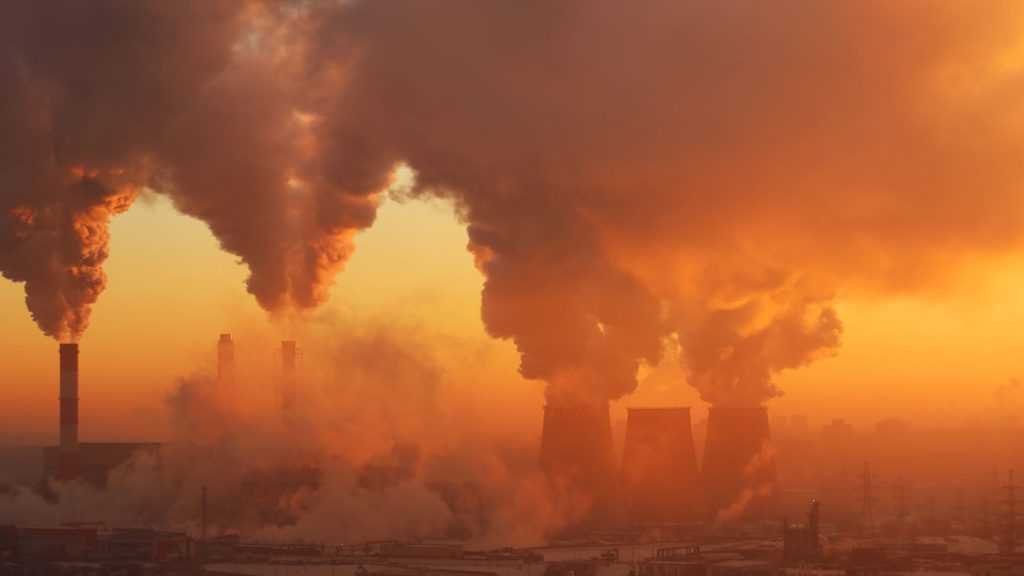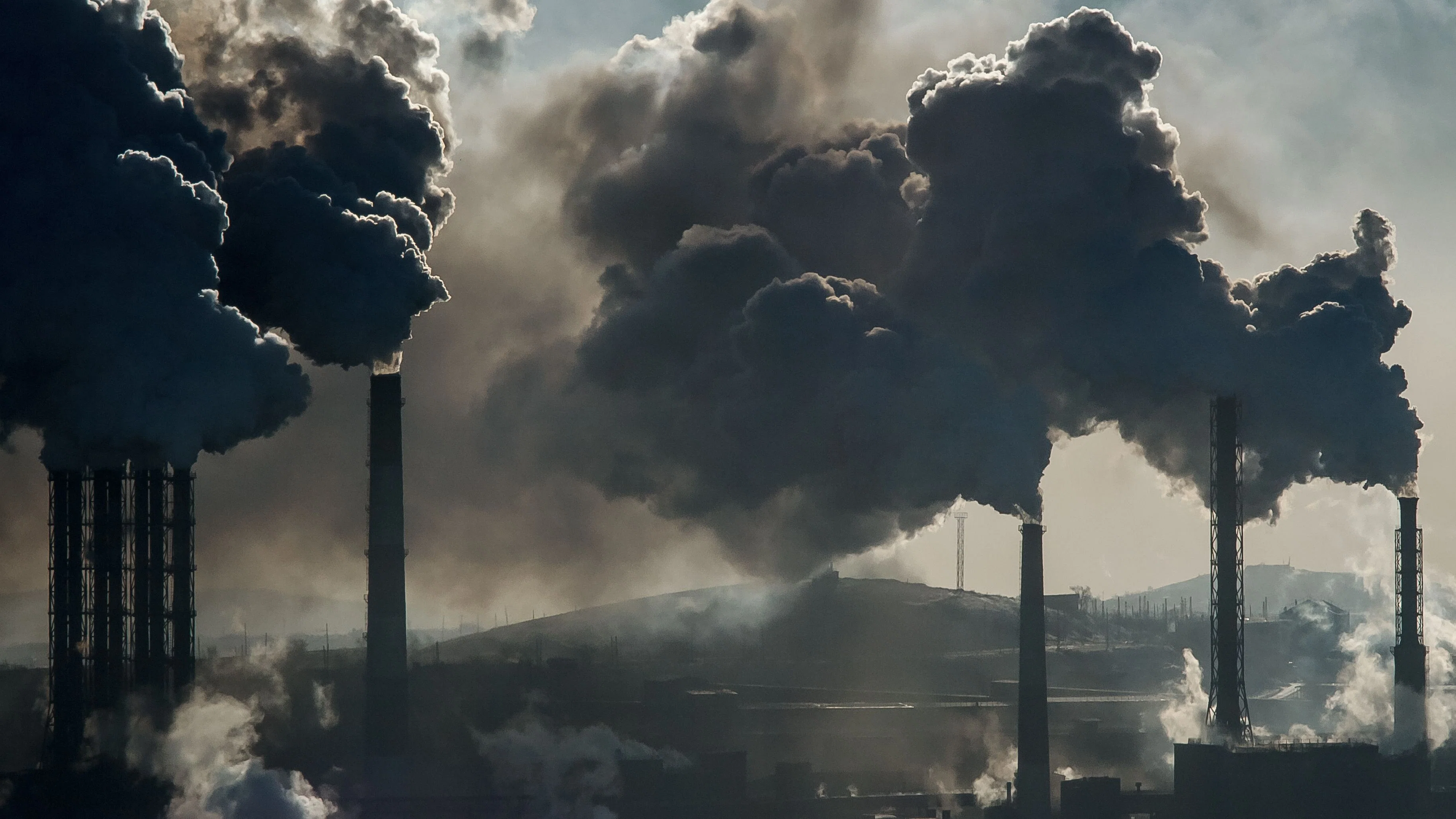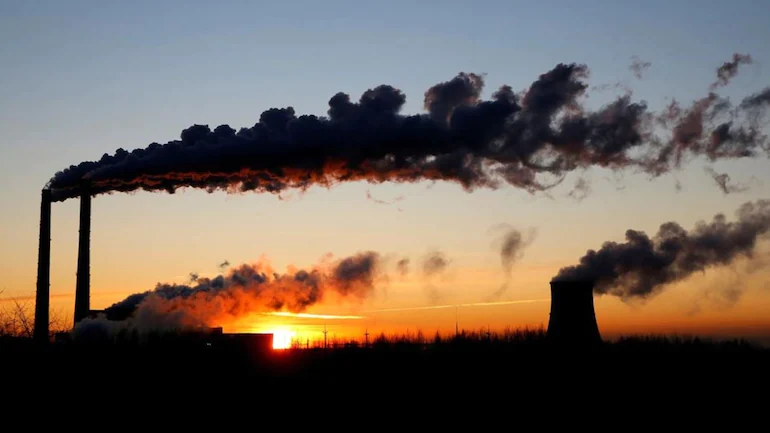More than 6 million people die prematurely each year from heart disease, strokes, diabetes, and respiratory diseases as a result of air pollution, making it the most significant environmental risk factor for early death. More people have died from AIDS, TB, and malaria than have died from all of them.
Minorities and low-income populations, as well as children and the elderly, persons with pre existing ailments, and those who are sick, are especially at risk from the negative health effects and economic consequences of air pollution exposure, such as lost workdays.
Emphysema is more common in people who have long-term exposure to certain contaminants than those who smoke one pack of cigarettes every day. Recent research also shows that air pollution has an effect on people’s emotional well-being, productivity at work, and even the stock market.
It’s critical to gain a clearer picture of this lurking danger if we hope to devise effective countermeasures. The term “air pollution” refers to a mixture of tiny particles, like the ones below.
Particles In The Environment
Dust, soot, and liquid droplets make up particulate matter (PM), which is a term used to describe these microscopic airborne particles. Most of the particulate matter found in cities comes from the combustion of fossil fuels, whether in power plants, cars, non-road machinery, or industrial operations. Dust, diesel emissions, and secondary particle production from gasses and vapors are some of the other forms of pollution.
Rough particle matter has been linked to health concerns in the nasal and upper nasal passages. Asthma, heart attacks, strokes, and bronchitis can all be caused by fine particles that penetrate deep in the lungs and cause early mortality from heart illnesses, lung disease, and cancer. Children that are exposed to high levels of PM2.5 have been shown to have a reduced ability to learn.
Carbon-black ash Particulate matter contains black carbon, a byproduct of burning fuel. PM2.5 is the most commonly targeted particulate matter in air pollution legislation, however black carbon inhalation also poses a major health risk. People who have been exposed to black carbon for a long period of time are more likely to suffer heart attacks or strokes. Asthma, chronic obstructive lung illness, bronchitis, and a number of cancers have been linked to black carbon in addition.

Oxides Of Nitrogen
The transportation industry is the primary source of NO and NO2 emissions. Sunlight converts NO to NO2 very quickly. Asthma and bronchitis can develop or worsen as a result of breathing in high amounts of NOx, which can also raise one’s risk of heart attack.
Ozone
A layer of ozone that reaches the stratosphere can shield us from harmful UV rays. It is widely documented that ozone at floor level (because it is half of the so-called “smog”) is an irritating agent for the lungs and respiratory system. Because of fossil fuel combustion, volatiles and nitrous oxide, both of which produce ozone in the atmosphere, are generated. Toxic effects of short and long-term exposure to ozone include chest pain and coughing; chronic bronchitis can result from long-term exposure. As a result, ozone exposure might worsen existing lung conditions.
Oxygenated Sulfur
When sulfur-containing fossil fuels are burned, sulfur dioxide (SO2) is released into the atmosphere. Furnaces with sulfur are used in many industrial processes, including coal mining and smelting, ship propulsion, and heavy machinery. Asthma and respiratory infections are exacerbated, and the cardiovascular system is affected by sulfur dioxide. Acid rain, a well-documented cause of deforestation, is primarily composed of sulfuric acid, which is formed when sulfur dioxide (SO2) and water interact.











